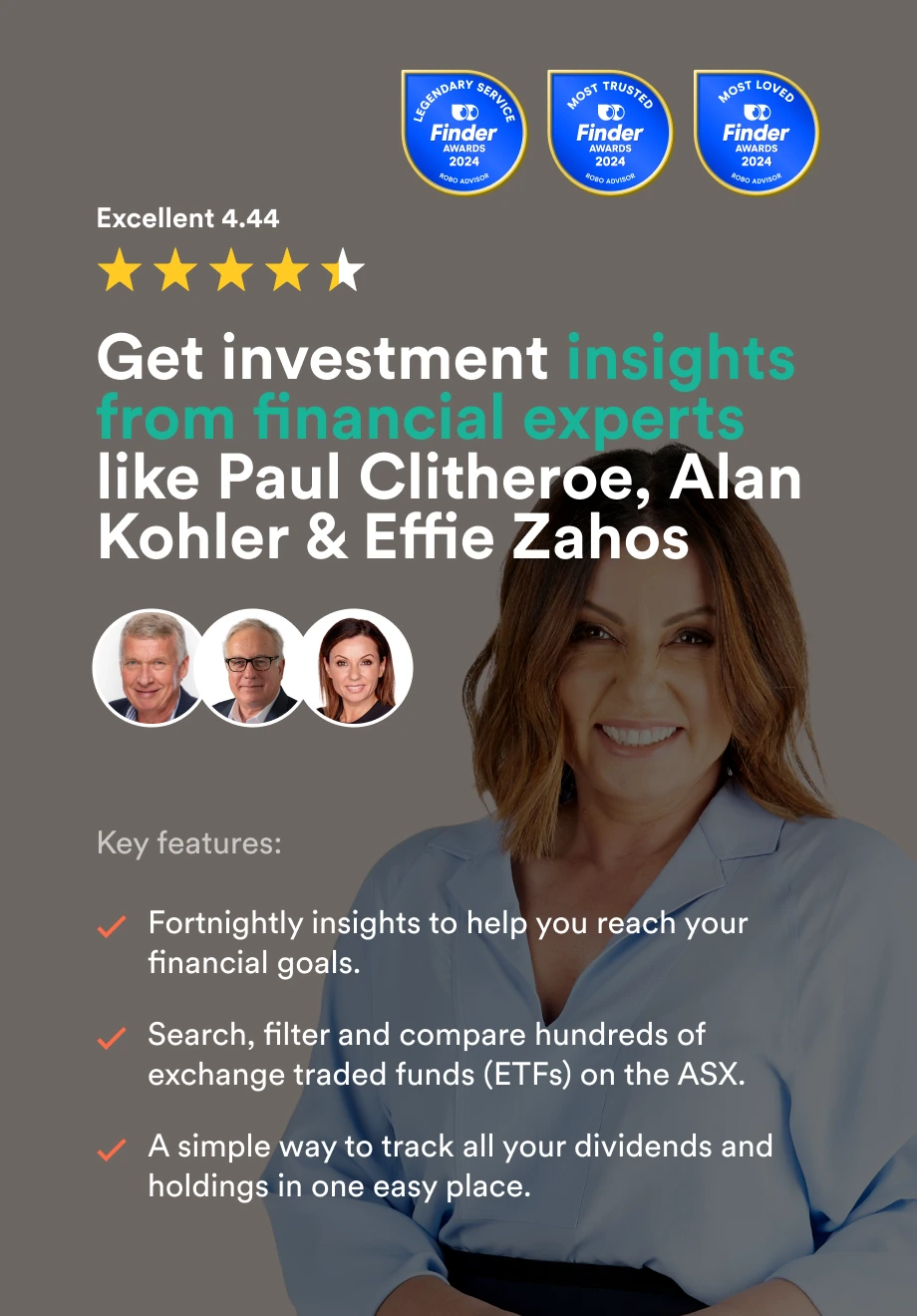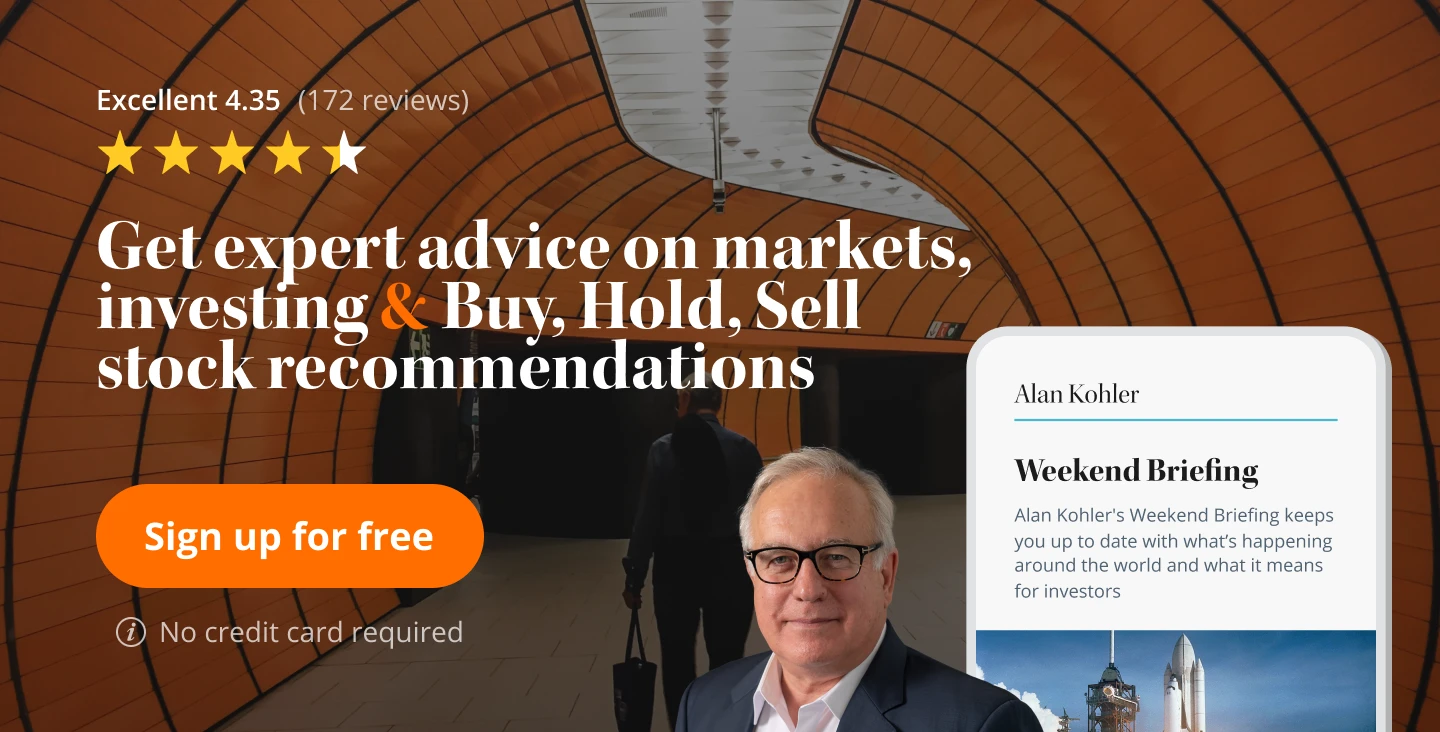Investment Road Test: Wealth Within
PORTFOLIO POINT: Wealth Within's good track record and well designed platform are worth considering but ultimately too expensive.
The Aussie market has resumed its stellar run, with a big move up beginning in early January signaling a strong bull market currently at work. The January rally represents a pre-emptive strike by institutional investors who are now buying stocks based on the earnings growth expected when corporate profits are announced in February/March this year.
In periods of economic growth, this type of rally would normally take place closer to when corporate results are announced – its early emergence shows high levels of investor confidence that forecast earnings growth will eventually materialise.
So for investors that have been sidelined from the market – and all the signs from last quarter are that many retail investors did indeed take a pause after the market fell back in Spring – it’s timely to assess how best to invest in Aussie equities this year.
A new offering from stockmarket educators Wealth Within offers a wide range of choice for investors looking to buy stocks direct.
Wealth Within provide sharemarket training designed with the input of co-founder Dale Gillham, the author of a book titled “How to beat the managed funds by 20%”. Whilst I haven’t seen Gillham in action the investment methodology espoused appears sound and in line with the longer term “buy and hold” approach that favours the direct investing approach employed by many SMSF investors.
And as we have shown in this column, it certainly is possible to beat high-turnover managed funds using this style of investing.
The Wealth Within investment platform is known as Direct Equity Managed Account Service. It provides an individually managed account service with six 'mandates' or risk tolerance strategies, which can be modified by allowing them to exclude specific stocks.
Some of the models allow for the use of simple derivatives to protect or to enhance yield. These models have been in operation for several years and some show solid outperformance compared to index. Closer scrutiny shows that much of this outperformance has been driven by a decision in 2008 to move to large cash allocations instead of retaining market exposure.
That has proven to be a great decision and one that many managers would now wish they had made. But whether these types of decisions can be made consistently by this manager is yet to be seen. Nevertheless, the good track record of the manager bodes well for this product.
Unfortunately, fees and charges are higher than usual for this product. Upfront, ongoing and exit fees are at the middle to the top end of the range (0.75% upfront is low, but the ongoing of 1.18% to 1.93% is median to high, and the 2% penalty for closing the account within the first two years is very high). In this example it’s the performance fee that is problematic.
Performance fees are charged quarterly (on some but not all of the portfolios) at a cost of 10% of any positive performance. This is subject to a high water mark to ensure that any previous losses have been recouped. Unlike many other performance fees, this one doesn’t require a second benchmark (such as the cash rate) to have been met prior to the fee being charged.
The direct equity style adopted by Wealth Within is sound and proven and adds value compared to traditional managed funds. This offering is another example of the wave of concentrated portfolios now available to mainstream Australians.
The score: 3 stars
1.0 Ease of understanding/transparency
0.5 Fees
0.5 Performance/durability/volatility/relevance of underlying asset
0.5 Regulatory profile/risks
0.5 Innovation
 Tony Rumble is the founder of the ASX-listed products course LPAC Online, a provider of investment training to financial services professionals.
Tony Rumble is the founder of the ASX-listed products course LPAC Online, a provider of investment training to financial services professionals.















